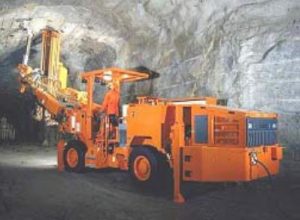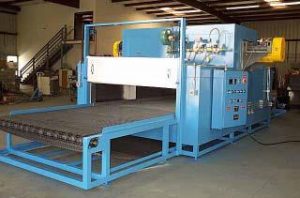Trends in biodegradable lubricants
Trends in biodegradable lubricants

Biodegradable lubricants such as animal fats and seed oils were used for centuries prior to the discovery of oil. Whale oil was a popular lubricant of choice until the 1900’s. There were several issues with using animal fats and seed oils, they lacked oxidative stability and low temperature properties. Interest in biodegradables became popular during World War I and II due to oil rationing and shortages, then again during the 1978 OPEC oil embargo.
Advantages of Biodegradables
Biodegradables offer several advantages over mineral oil-based products:
- Mineral oil-based lubricants can produce oil mists that can cause dermatitis, skin irritation and other issues, most vegetable-based lubricants do not have this issue.
- Bio-based lubricants have superior natural wear prevention, high viscosity index, and high flash points (typically over 315°C or 600°F).
- Sustainable lubricants can help with compliance of government regulations and environmental issues.
- Reduce dependence upon imported oil.
- Biodegradable lubricants are less toxic to people and the environment.
- Provide an economic benefit to farmers and reduce crop surplus.

In most cases, unless there is a governmental mandate, lubricant purchasing agents and users tend to buy the lower cost, readily available mineral-oil based products. In the 1990’s many lubricant manufacturers began developing sustainable, high performance, biodegradable lubricants as hybrid seed oils with better low temperature properties and oxidation stability became available. The market for these products at that time was less than $1 Billion per year. That market has grown to $10 Billion in 2015 and expected to hit $100 Billion worldwide in 2020.
Government measures
Government edits in European countries and marine regulations have driven many of the changes.
- General Vessel Permit requires any watercraft over 77 feet (23.5 meters) to have biodegradable lubricants in any area where the lubricant may contact the water.
- All ocean vessels now must burn low sulfur diesel or install scrubbers on the smokestacks.
- Most states now require all motor fuels to contain a biofuel ranging from 2%-10%.
- Environmentally sensitive areas are now requiring biodegradable lubricants in the equipment used in those areas.
- European and Canadian governments are looking to mandate bio-lubes in forestry equipment and machines.
- The U.S. Government is requiring the military to use biodegradable lubricants unless a product meeting the required specifications is not available.
- Off-shore oil wells, wind turbines, and tide electricity generators are being required to use bio-lubes.
- Railroads are being pressured to consider bio-lubes in their equipment.
- Farmers are looking at bio-lubes to protect their crops.

And the list is growing.
Currently lubricant manufacturers are producing:
- Greases for railroad, machinery, and automotive use
- Gear lubes
- Compressor oils
- Transformer oils
- Tractor transmission hydraulic fluid
- Chainsaw bar oils
- Industrial hydraulic fluids
- Food grade lubricants.
- Others
SWEPCO currently has 3 biodegradable products for your customers:
- 722 HiTemp Chain and Roller Lubricant
- 737 EcoPro HD Anti-Wear Hydraulic Oil
- 770 Fire Resistant Hydraulic Fluid
- Look for more to come

“…keep it running!”
Source: SWEPCO®
Contact us for more info.


